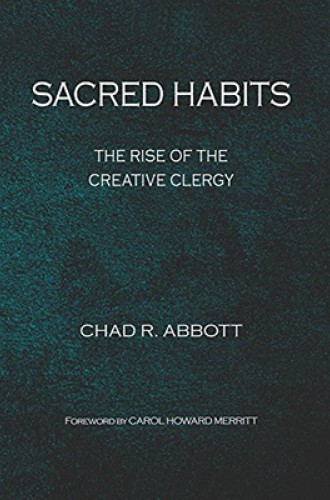How spiritual practices can foster creativity
The most useful essays in this new collection are the ones that tell stories from parish ministry.
Creativity gives rise to further creativity. At our church this past Advent, we arranged the chairs in our worship space into a circle so that the congregation itself formed the Advent wreath. Candles were placed on stands at four points on the perimeter of the circle, and each Sunday’s service began with the congregation processing in song around this living Advent wreath. With the creativity expressed in this liturgical event, our worship planners not only honored church tradition and brought the congregation bodily into Advent; they also nurtured a congregational imagination for future creativity in our life together.
Stories of how others creatively approach congregational life spark my own creativity in ministry. For me, the most useful of the 22 essays in this new collection are those in which the authors—all of whom are active in parish ministry—tell such stories.
Jeffrey Gallagher describes how he took up running early in his clergy career. His running time became a time of prayer, envisioning sermon illustrations, and viscerally connecting with God’s creation. As a runner, I nodded my head in appreciation as I read, having shared these experiences. But the essay gets more interesting—and more inspiring—when Gallagher describes how running became connected to other aspects of his pastoral ministry.






